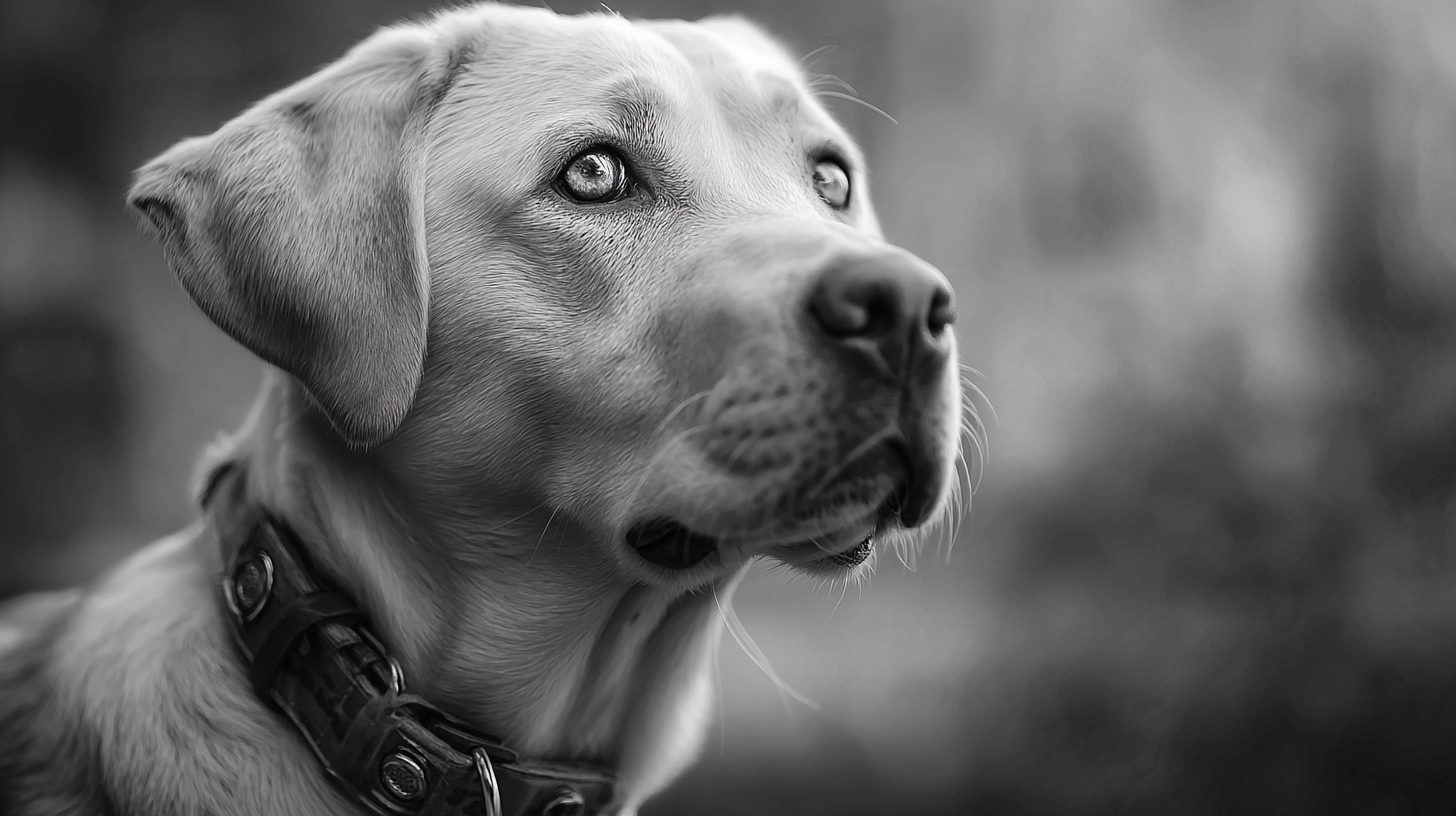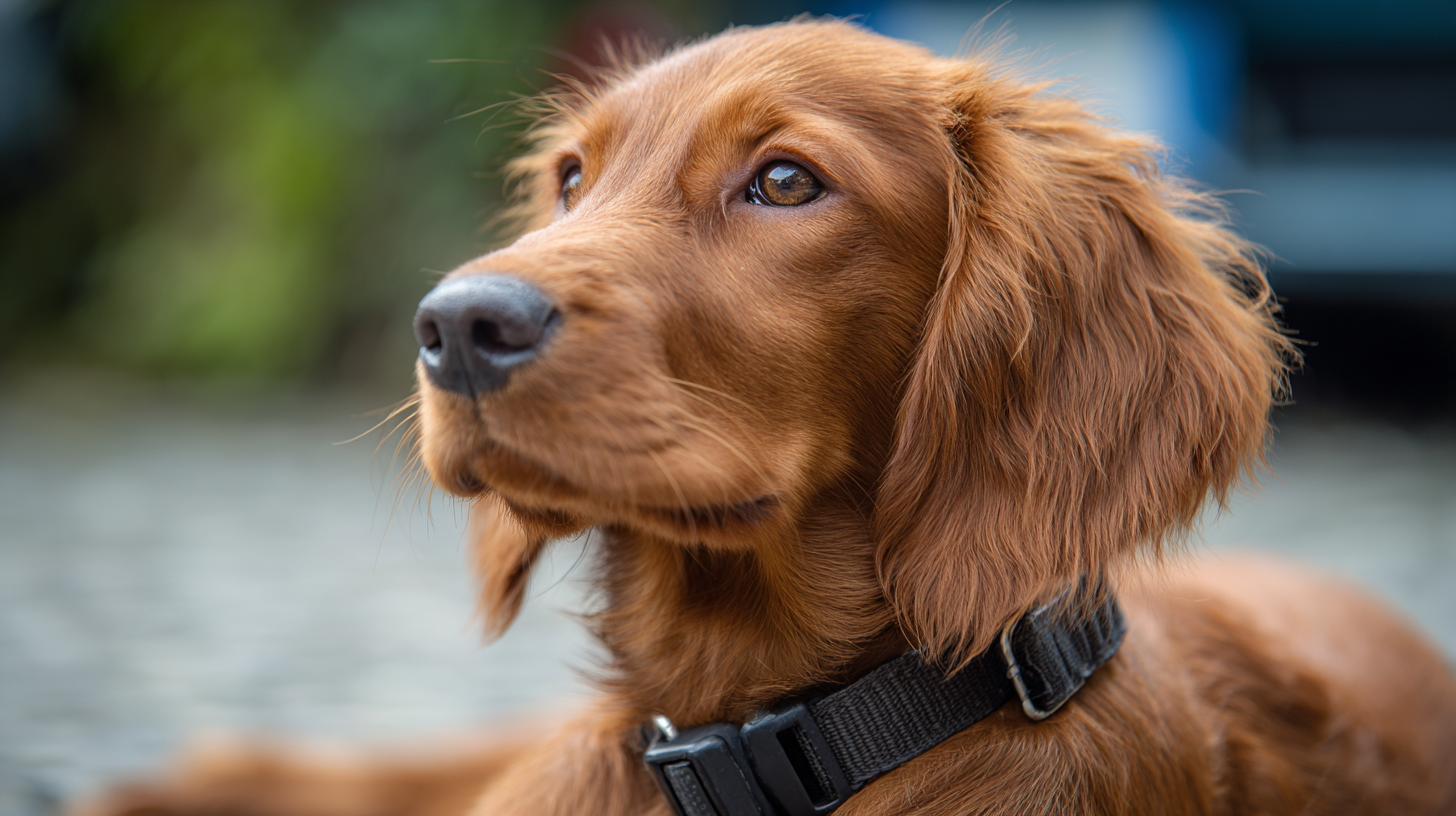$0.00
Choosing the right dog collar is crucial for both the comfort and safety of your furry friend, as studies suggest that nearly 78% of dog owners use collars regularly. According to the American Pet Products Association, the dog collar market is expected to grow significantly, reaching an estimated value of over $2 billion by 2025. However, as the options multiply, so do the considerations surrounding after-sales service advantages and repair costs associated with these products. A well-chosen collar not only enhances a dog's style but also ensures proper identification and safety. In this ultimate guide, we will explore essential tips, industry insights, and data to help you make an informed decision on selecting the perfect dog collars that cater to your pet's specific needs while balancing durability, affordability, and functionality.

When selecting a dog collar for your furry friend, it’s essential to consider not just style but also safety standards regarding materials. Recent studies have shown that a significant number of pet products, including collars, can contain harmful substances. Research indicates that many pet toys have been tested and found to contain “alarming levels” of lead and other toxins, which emphasizes the importance of choosing collars made from high-quality, non-toxic materials. With the growing awareness of safety in pet accessories, the market for dog collars, leashes, and harnesses is projected to see significant demand, showcasing a clear trend toward higher industry standards.
In 2024, the global pet travel accessories market was valued at approximately USD 6.8 billion, reflecting the necessity for safe and durable products as pet owners increasingly prioritize their pets' well-being during travel. The growth forecast to reach USD 12.1 billion by 2034 highlights a shift in consumer behavior, pushing manufacturers to adhere to strict safety protocols. As you choose a collar, be sure it conforms to industry standards that resonate with safety concerns, ensuring your pet's comfort and security are always a priority.
When selecting the right dog collar for your furry friend, understanding the various types available is crucial for meeting their specific needs. According to a survey conducted by the American Kennel Club (AKC), nearly 80% of dog owners feel that having the right collar is essential for their pet's comfort and safety. The most common types of collars include flat collars, which are ideal for everyday use, and martingale collars, specifically designed for dogs that tend to slip out of their collars. These options not only provide security but also help manage pulling behavior effectively.
Harnesses are another popular choice, especially for larger breeds or those with respiratory issues. A report from the American Veterinary Medical Association (AVMA) highlights that harnesses can reduce strain on a dog’s neck, distributing pressure more evenly across their body. Additionally, specialized collars like LED collars for nighttime visibility and shock collars for training purposes cater to diverse needs and lifestyles.
As more dog owners prioritize their pets' comfort and safety, selecting the appropriate collar has never been more important, and the options available today cater to nearly every aspect of dog care.
When it comes to selecting the perfect collar for your dog, getting the right size is crucial for both comfort and safety. To begin, you’ll need a flexible measuring tape. Start by measuring the circumference of your dog’s neck at its widest point, keeping in mind that you should be able to fit two fingers between the collar and your dog’s neck. This ensures that the collar is not too tight or too loose, which can lead to discomfort or even injury.
Next, consider the type of collar that best suits your dog's breed and lifestyle. For example, a sturdy, adjustable collar is ideal for larger breeds, while smaller dogs may benefit from lightweight options. Make sure to also consider your dog’s coat type, as some materials can irritate the skin. Once you have the measurements and material preferences, you can confidently choose a collar that fits perfectly and reflects your pet’s personality.

When selecting a dog collar, it's essential to focus on features that ensure comfort, safety, and functionality. According to the American Kennel Club (AKC), over 60% of dog owners prioritize comfort when choosing a collar, as a well-fitted collar can prevent chafing and irritation. Look for collars made from high-quality materials such as nylon or leather, which provide durability and strength without compromising comfort. Adjustable collars are particularly beneficial, allowing for a perfect fit as your furry friend grows or gains weight.
Another critical feature to consider is the collar’s safety attributes. The ASPCA emphasizes that collars with a quick-release mechanism can prevent choking accidents, particularly in active or curious dogs who may get caught on obstacles. Furthermore, reflective materials or bright colors can enhance visibility during nighttime walks, which is vital in urban environments. Statistics show that 65% of dog owners have experienced a moment where they lost sight of their pet, highlighting the importance of visibility features in collars. By prioritizing these essential elements, pet owners can ensure that their dogs remain secure and comfortable while enjoying their adventures.

Maintaining your dog's collar is essential for ensuring its durability and cleanliness. According to a report by the American Kennel Club, nearly 70% of pet parents overlook regular collar maintenance, which can lead to wear and tear that not only affects aesthetics but also safety. Collars can harbor dirt, bacteria, and allergens, making regular cleaning important for your furry friend's health. Ideally, you should clean your dog’s collar every 1-2 weeks using mild soap and warm water, followed by a thorough rinse to remove any residue.
Additionally, choosing the right materials can significantly affect a collar's longevity. A study by Pet Product News International found that collars made from water-resistant and durable materials, such as nylon or leather, last significantly longer than those made from less robust materials. It’s advisable to inspect your dog's collar regularly for signs of fraying or damage, particularly after outdoor adventures. By investing a little time in maintenance and selecting high-quality materials, you can ensure that your dog’s collar remains safe, stylish, and clean.
| Collar Type | Material | Durability Rating | Maintenance Tips | Average Price |
|---|---|---|---|---|
| Flat Collar | Nylon | 4/5 | Wash regularly, check for frays | $15 |
| Martingale Collar | Cotton | 5/5 | Spot clean, avoid machine washing | $20 |
| Harness Collar | Leather | 4/5 | Condition leather regularly | $35 |
| Breakaway Collar | Plastic | 3/5 | Check for dirt buildup, replace if lost | $10 |
| LED Collar | Silicone | 4/5 | Keep dry, check battery regularly | $25 |